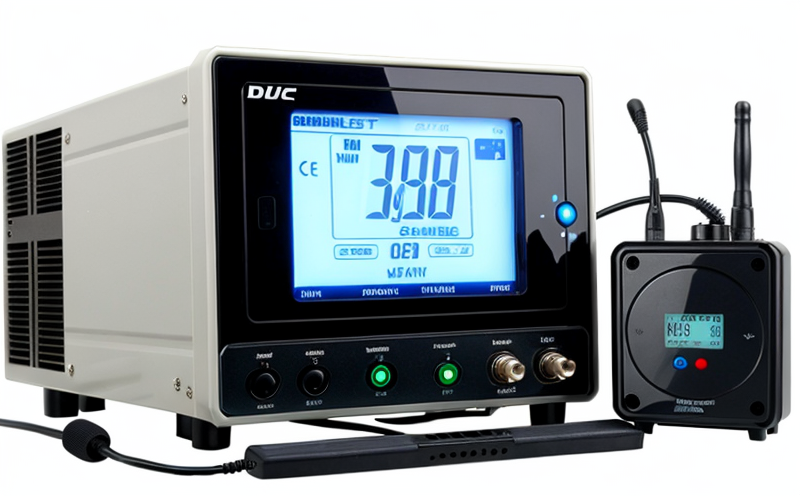IEC 63171 RF Connector Performance Testing
The IEC (International Electrotechnical Commission) 63171 standard is a cornerstone for ensuring the reliability and performance of Radio Frequency (RF) connectors in various wireless communication systems. This testing service aims to verify compliance with the stringent requirements specified by this international standard, which covers the mechanical, electrical, and environmental aspects that affect the performance of RF connectors.
At its core, IEC 63171 ensures that connectors are capable of handling high-frequency signals without distortion or loss. This is critical for applications in telecommunications, automotive, aerospace, and consumer electronics where signal integrity is paramount. The testing process involves a series of rigorous procedures designed to simulate real-world conditions that the connector might encounter during its operational lifecycle.
One of the primary focuses of this service is on the mechanical durability of RF connectors under various stress scenarios. This includes shear, pull-out, and axial tension tests to ensure that the connector remains secure even when subjected to significant forces. Electrical performance testing checks for signal integrity, impedance matching, and return loss, which are crucial for maintaining optimal communication quality.
Environmental testing plays a vital role in this service as well. The standard specifies tests for temperature cycling, humidity, and exposure to salt fog to assess the connector’s resistance to environmental factors that can degrade performance over time. These tests ensure that the RF connectors perform reliably under a wide range of conditions encountered in different environments.
The testing process begins with thorough specimen preparation, which involves cleaning the connectors according to specified protocols to avoid any contamination affecting test results. Once prepared, the specimens are subjected to a series of mechanical and electrical stress tests, followed by environmental conditioning if necessary.
Instrumentation plays a crucial role in this service, utilizing advanced equipment capable of measuring high-frequency signals with precision. This ensures accurate data collection that can be analyzed later to determine compliance with IEC 63171 requirements. The use of sophisticated test setups allows for the simulation of real-world conditions, providing reliable and repeatable results.
The testing process culminates in comprehensive reporting, which includes detailed analysis of all test parameters against specified acceptance criteria. This documentation is essential for quality managers, compliance officers, and R&D engineers to ensure that the RF connectors meet international standards and are fit for their intended applications.
Applied Standards
| Standard Name | Description |
|---|---|
| IEC 63171-1 | RF connectors for use in wireless communication systems: General requirements and test methods. |
| IEC 63171-2 | RF connectors for use in wireless communication systems: Circular connectors with bayonet mounting. |
| IEC 63171-3 | RF connectors for use in wireless communication systems: Snap-on connectors. |
Customer Impact and Satisfaction
- Enhanced trust in product quality, leading to improved customer satisfaction.
- Increased compliance with international standards, reducing the risk of non-compliance penalties.
- Improved reputation among clients and stakeholders due to consistent adherence to high-quality benchmarks.
- Facilitates smoother supply chain operations by ensuring that all RF connectors meet stringent quality controls before being delivered to end-users.
International Acceptance and Recognition
The IEC 63171 standard is widely recognized and accepted across the globe, particularly in industries that rely heavily on wireless communication systems. Its acceptance ensures that RF connectors manufactured to this standard are compatible with a wide range of devices and networks worldwide. This global recognition enhances market access for manufacturers who comply with these standards.
International acceptance also promotes collaboration among industry players by setting a common benchmark for performance. This fosters innovation and continuous improvement, as companies strive to meet or exceed the stringent requirements set by IEC 63171. Compliance with this standard is often a prerequisite for entry into global markets, making it an essential service for businesses aiming to expand their reach.
The widespread adoption of IEC 63171 across different regions and industries highlights its importance in ensuring consistent performance and reliability of RF connectors. This global standardization not only benefits manufacturers but also end-users by providing a level playing field where products are tested against the same rigorous criteria, thus promoting fair competition.





